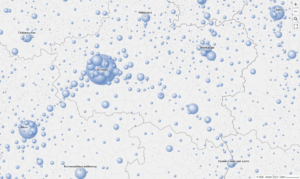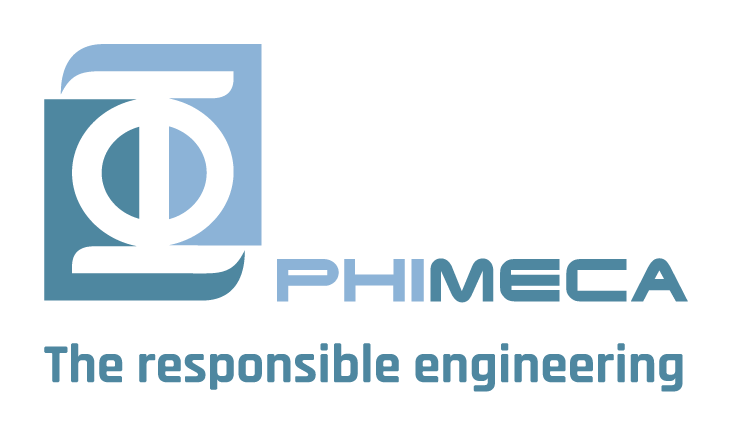Generally speaking, the outputs of atmospheric dispersion modelling are concentration, sediment or dose values in two or three dimensions that evolve over time. Adding a probabilistic factor means that we have an additional dimension to take into account, which makes it very difficult to synthesise the results without the risk of missing some important information.

For 5 years, PHIMECA and the IRSN have been developing methods and tools to take into account the uncertainties (sometimes really important) of the data and simulations used to cope with accidental radionuclide discharges. The FIP team is now developing of automated sorting and simulation selections methods. The purpose is to be able to highlight a relevent and complete sample of outputs from some demographic or territorial criteria.
Researchers and engineers meetings
It is thus a matter of offering efficient and innovative strategies to take into account the uncertainties in the decision-making process. Incidentally, these topics are at the core of the upcoming Researchers and engineers meetings, organised by PHIMECA on the 17 of November in Paris (presentation in French).
En savoir plus